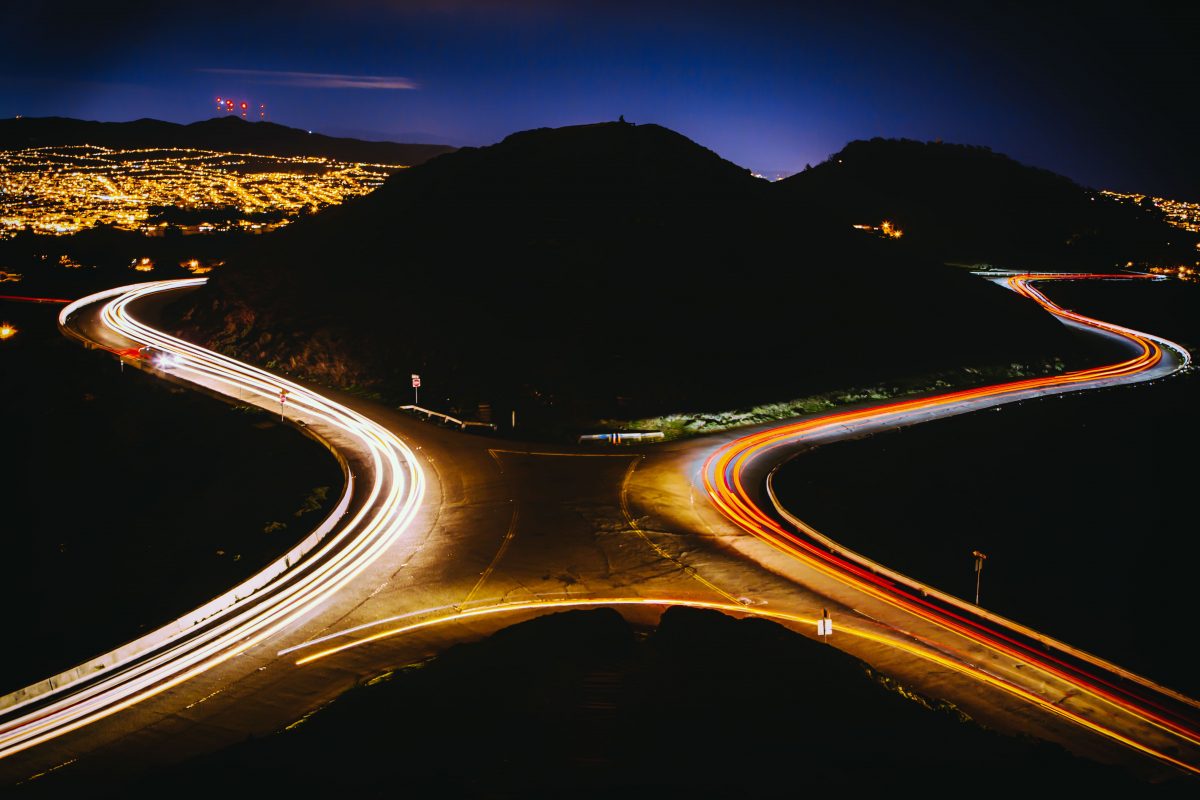Looking to start practising timelapse photography? You’re in the right place! Here, we will review the basics and some great doubts that all timelapse photographers share.
Prepare your equipment
First of all, what do you need? Here’s the list!
- DSLR or CSC camera: all camera will work if it has manual mode available.
- Lenses: depending on what are you shooting, you can need one or another but the normal is to work with lenses from 14mm to 200 mm.
- Tripod: this is a key object to take with you if you’re looking to do a timelapse. Choose a reliable one, that won’t fall easily with air, for example.
- Intervalometer: you deeply need it so your camera keep taking shots without you touching the camera at all. Check if your camera doesn’t have one built in to it.
Prepare the shot
First of all, there are a couple of decisions that you must take before setting the shot:
- How long will you camera be running? Depending on the length of video that you want to get, you can calculate the number of shots you must take. Take into account that 24-25 shots equates to a single second of video.
- You must choose the interval between frame that you will set, this is, the gap between each shot. Our recommendation is to decide regarding how fast the subjects move within the scene, but you should make a few experiments first to see what works for you.
If you need a more precise tool to calculate the time you will be shooting and the interval, check out our timelapse calculator.
Timelapse photography step-by step
- Install your camera in the tripod and ensure everything is fixed. The camera shouldn’t move during the shooting, unless you want to include a fixed movement, for example, using a slider.
- Connect the intervalometer to your camera and set the interval between shots. Remember that some cameras have the intervalometer already built in.
- Set the Manual Mode and check the exposure, ensure that there are no blown highlights.
- Manually focus the lens to make sure the final image is sharp. Take a couple of test shots till you’re happy with composition, focus and exposure.
- Decide how many shots you want to take. Normally, getting a big number of them can give you freedom to edit, like between 400-600.
- Once ready, get the intervalometer and click “Start” (if it’s inside the camera, press the equivalent option)
Once you have all the shots needed, now you must create a timelapse from the still images, and we have the perfect tutorial!
Check it out here How to create time lapse video from still images
Now we will review some common doubts when starting in timelapse photography.
If you don’t have an intervalometer, you can always go to the basics, taking photos by yourself as long as you want your timelapse to be, for example, 720 shots will become a 30 sec video, taking one every 1 min and compressing it to a 24fps video . But remember, you will need to press the shutter button without changing the position.
These are the recommended settings:
– Manual mode: place it into “M” or “MANUAL” mode.
– f/2.8 aperture: faster aperture is better for night photography.
– Wide-angle lens: a focal length of 24mm or wider works best when capturing the night sky.
– Shutter speed of 25 seconds: set your shutter speed to 25 seconds. Don’t confuse this with 1/25th of a second.
– ISO 1,600Set your cameras ISO to 1,600.
– Set white balance to “Incandescent”: don’t select Auto, as you risk having the white balance change between captured frames.
– Manually focus to infinity
– Check sky conditions: check apps like Sky Guide (iOS), Photo Pills (iOS) or Star Walk that will inform you about the best conditions.
– Set a good composition: sky photography with layers tend to be more interesting than an image of the sky without anything
This type of timelapse will take many days. These things are critical:
– Do not to move the camera
– Maintain consistent lighting for the whole duration
– Ensure you use your camera in ‘Manual Mode’ and adjust ISO, Exposure, Aperture and Focus.
– Consider your exposure carefully. If you set your camera exposed for dirt, when the shoots appear, you might blow them out of exposure.
– Calculating Time Lapse Interval, regarding how long will the scene take for the action or effect to take shape and how long will the timelapse be.
Conclusion
In this post, we’ve shown how to do timelapse photography step-by-step, now is your turn to become a great timelapse photographer!
